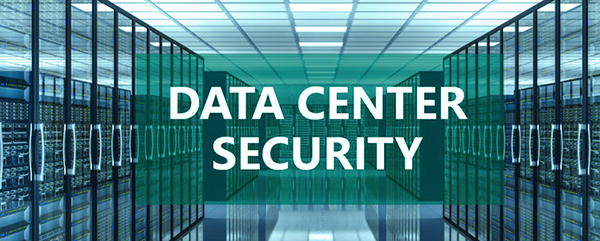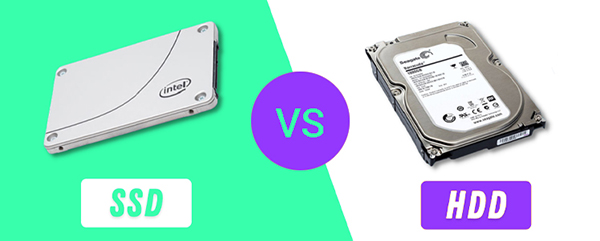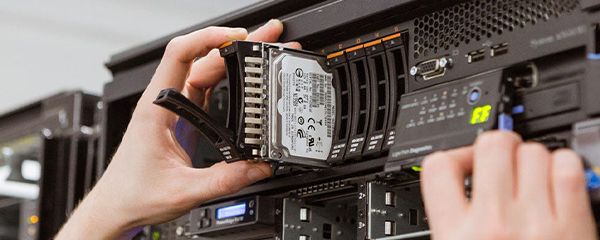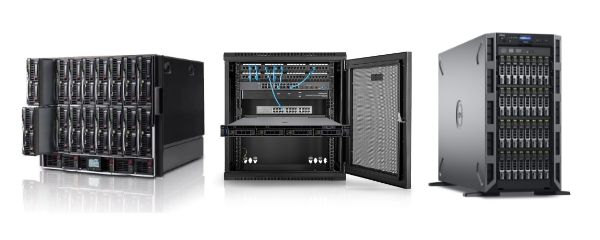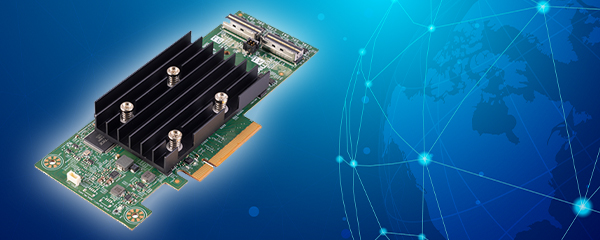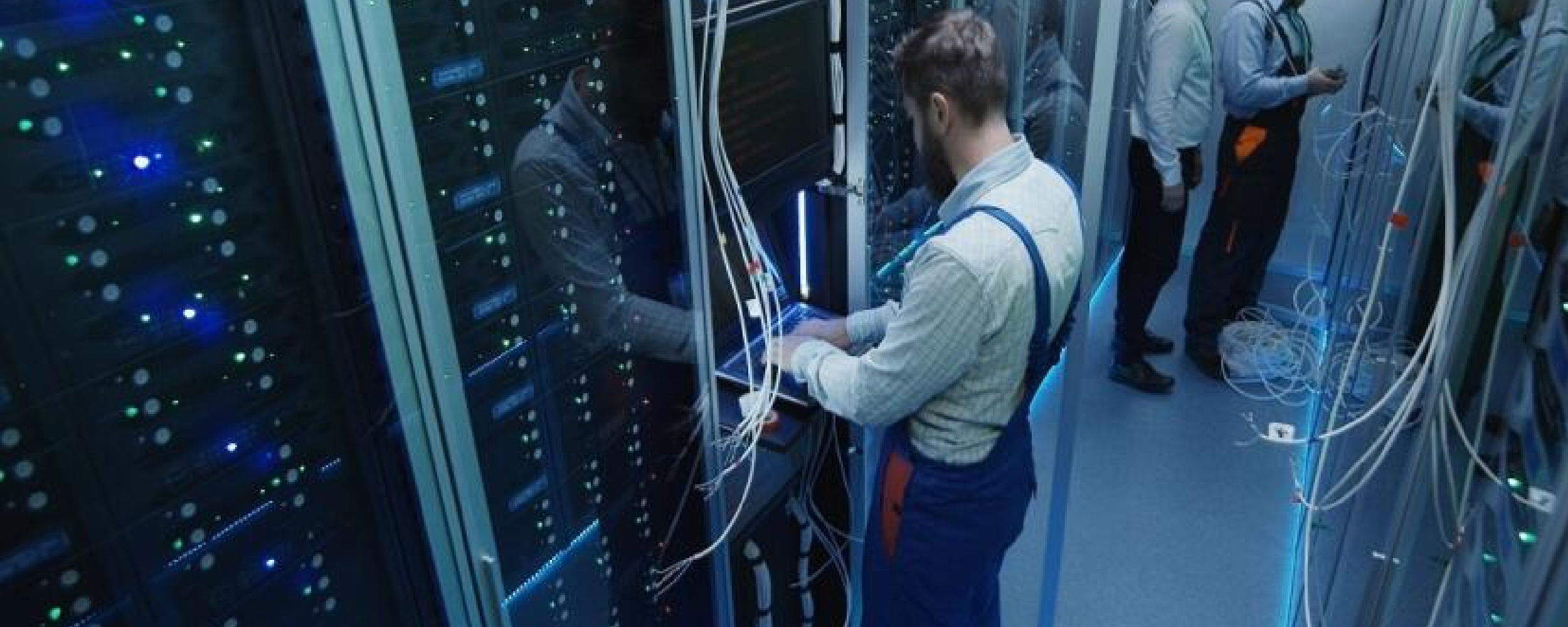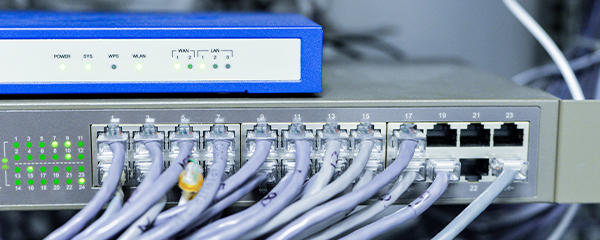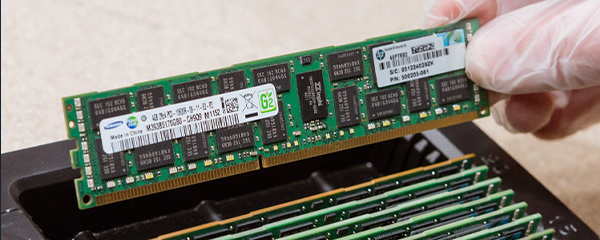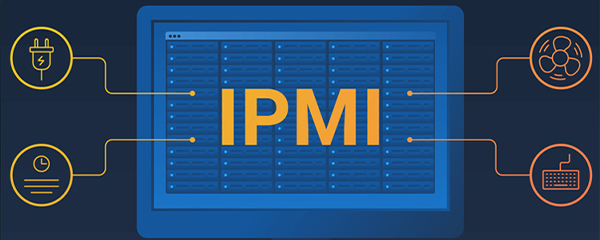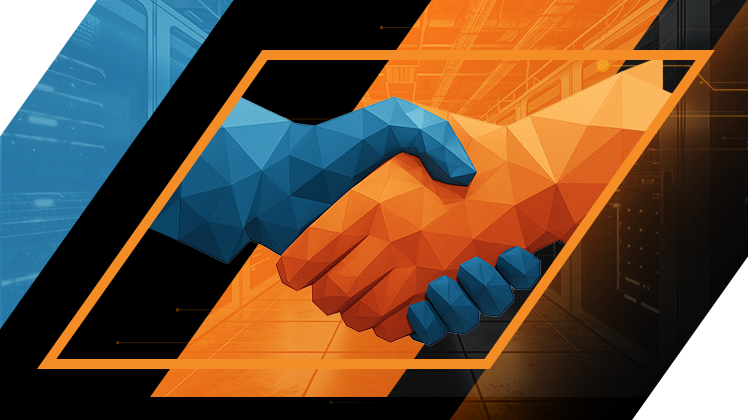Without them, nothing works as it should. A system administrator is the person behind every service, server, and application in the company - often invisible, yet indispensable. They are responsible for IT infrastructure security, performance, availability, and scalability. Beyond the purely technical role, they act as a business partner, ensuring that data remains secure, systems run without interruptions, and the organization can safely expand. This text explores what a server administrator actually does on a daily basis, why their role is critical for operational continuity, and how their work looks “under the hood.”
A system administrator is not just someone who “runs commands in a console” or installs updates. They are responsible for the entire backbone of an IT infrastructure - from designing server environments, through deployment, to ongoing maintenance and scaling.
In practice, this includes configuring on-premises, cloud, and hybrid servers, selecting appropriate operating systems, and ensuring compliance with organizational requirements. For large enterprises, this directly translates into operational continuity - when an administrator misses a detail, consequences are immediate.
A server admin’s responsibilities are tightly integrated with security teams, DevOps engineers, helpdesk operations, and IT project managers. This is why soft skills like communication, change management, and decision-making under pressure are just as important. Every hour of an administrator’s work affects the quality and stability of services that drive the business.
Performance and uptime - how administrators optimize servers
Stable service operation is not a matter of luck - it is the result of meticulous system monitoring. An administrator constantly supervises CPU, RAM, bandwidth, and storage usage. With monitoring tools like Zabbix, Prometheus, and Grafana, anomalies can be detected in advance and mitigated before users ever notice them.
Optimization also means scheduled hardware maintenance, efficient resource allocation, and operating system/service tuning. This is not a one-time activity, but a continuous process of adapting the infrastructure to changing business demands. In environments where system downtime costs thousands per minute, the administrator ensures SLA compliance and prevents outages that could exceed their monthly salary in losses.
When things go wrong - backup and disaster recovery
Backup is not a luxury - it is a necessity. A well-designed backup and disaster recovery policy is the backbone of operational security. System administrators design, test, and validate disaster recovery (DR) procedures, ensuring that after incidents such as power failures or ransomware, systems can be restored within hours.
This involves scheduling backups, verifying integrity, automating workflows, and selecting storage models such as on-prem, offsite, cloud, or 3-2-1 architectures. A professional admin does not just assume backups work - they validate them regularly. This ensures organizations can recover quickly instead of relying on luck.
Security - attacks, vulnerabilities, and access management
Cybersecurity does not begin with a firewall but with the administrator. They implement update policies, manage antivirus systems, analyze logs, and configure protection against DDoS and ransomware attacks. In complex infrastructures with dozens of services, the sysadmin ensures software is up-to-date and vulnerabilities are closed before being exploited.
A central responsibility is user privilege management, as most incidents originate internally. Properly configured roles, two-factor authentication, and network segmentation minimize the attack surface. In enterprises, administrators collaborate with SOC and compliance teams, ensuring not just system reliability, but also compliance with GDPR, ISO 27001, and other regulations.
Resource management in dynamic environments
Server resource management goes far beyond “disk allocation.” It requires continuous balancing of performance, costs, and business needs. An administrator monitors CPU, memory, storage, bandwidth, and licenses, reallocating resources to maintain efficiency.
In large enterprise environments, admins use orchestration platforms, CMDB integration, and FinOps collaboration to optimize cost-performance ratios. Well-managed environments prevent unnecessary expenses on additional servers and instead maximize usage of existing infrastructure.
Automation - eliminating human error
Automation is not a fancy add-on - it is survival in ever-changing IT environments. A skilled admin leverages PowerShell, Bash, or Python to automate tasks that would otherwise be error-prone if performed manually. This includes bulk updates, test environment deployments, and dynamic resource scaling.
Updates cannot just be “clicked through” - they must be planned, staged, tested, and verified to avoid breaking dependencies. Using staging environments, CI/CD pipelines, and automated deployments, sysadmins minimize human error, which is the most expensive risk factor in IT. No surprise that admins with strong automation skills command salaries significantly higher than those relying only on manual work.
Beyond helpdesk - first real line of defense
Admins are not confined to server rooms. They often support users, investigate incidents, and resolve issues escalated beyond L1/L2 helpdesk, including application downtime, database overload, or VPN login failures. Experienced administrators can quickly analyze logs, identify bugs, and deploy hotfixes in real time.
They also bridge the gap between infrastructure and end users, writing documentation, conducting training, and participating in application design to align IT with operational needs. This hands-on expertise is why experienced sysadmins earn significantly more than the standard 8–15k PLN gross salary range reported in market surveys.
Scalability and compliance - driving business growth
System administrators prepare IT infrastructures for growth. Without stable servers, up-to-date systems, and the right IT tools, companies cannot scale operations or implement new applications. Admins handle migrations, integrations, and architecture changes, ensuring seamless transitions with minimal disruption.
At the same time, administrators enforce compliance requirements: GDPR, IT security audits, and internal IT policies. They define data access, enforce encryption standards, and conduct system tests. Thanks to these practices, businesses avoid regulatory fines and maintain long-term scalability.
In modern enterprises, the system administrator is not a cost center but an investment: ensuring security, scalability, and a sustainable competitive advantage.










